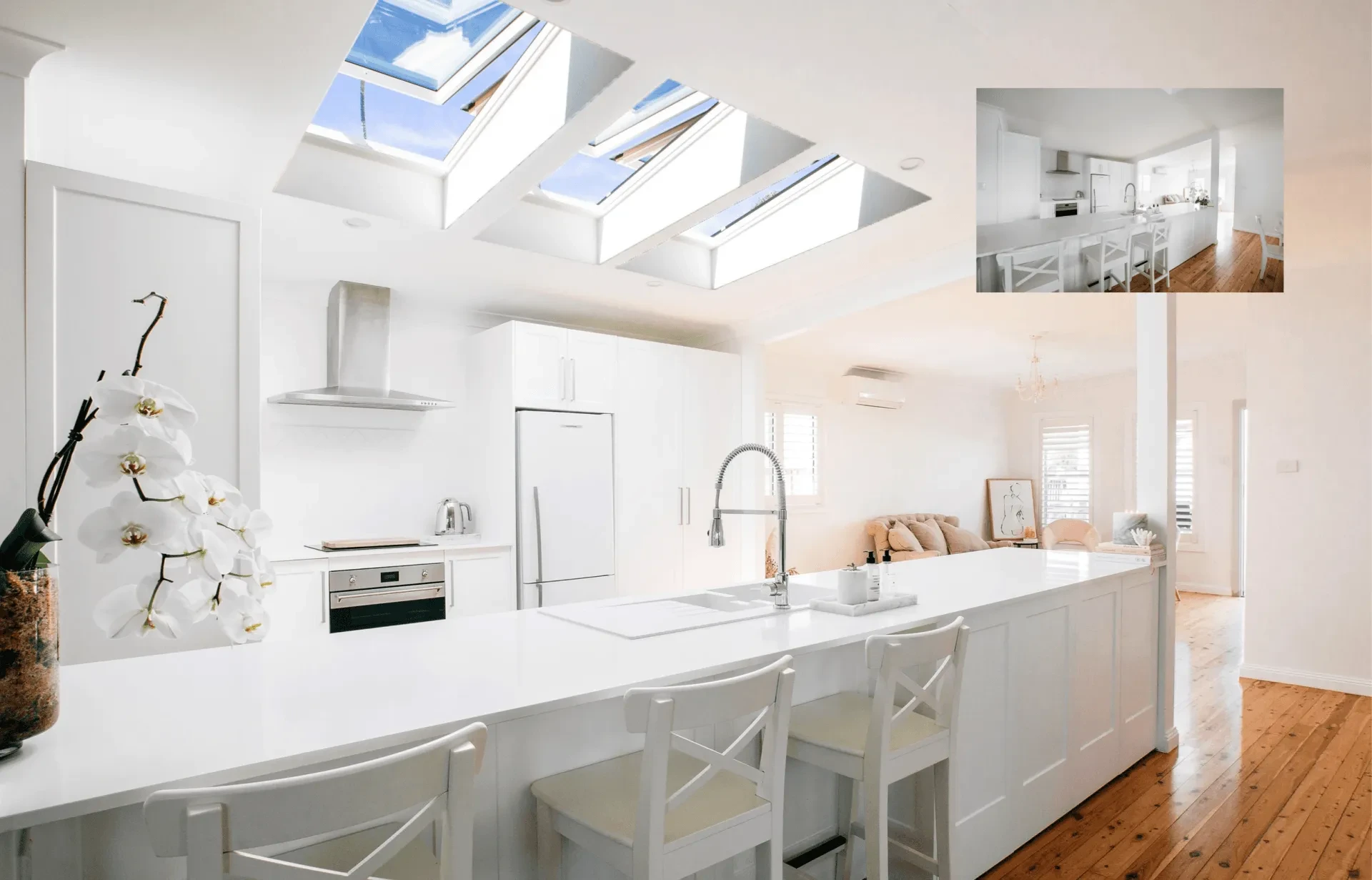Getting a skylight has many benefits from reduction in energy consumption to privacy improvement but with many different types of skylights each one having their own benefits and weaknesses. To help make up your mind on getting a skylight and what type of skylight, we going to have in-depth look at ventilated and opening skylights to see which is the best option for you.

Ventilated and opening skylights main selling point is their ventilation capabilities where ventilated skylight are a fixed position and provide passive ventilation while opening skylights are mechanical skylights that can be opened and closed as needed either manually or automatically depending on the type you choose. This additional ventilation is the main benefit for these types of skylights as the ventilation provides better temperature control over non-ventilated skylights by allowing better airflow releasing hot air trapped inside the home or office while drawing in cooler air. This improved temperature control also help improve the energy efficiency of the skylight by reducing the reliance on air conditioning.
The improved airflow of these skylights helps in improving the life span of the roof by providing two benefits, the first being reduction of moisture by releasing hot humid air that builds up inside and proving airflow which help keep things dry. Allowing moisture to buildup can cause mold, rot and mildew to start growing over surfaces especially wooden surfaces that well be eaten away by the moisture and can cause structural damage to the building and mold or rot of wooden surfaces can introduce unpleasant smells.
The other benefit to your roof’s life span provided by ventilated skylights is reduced weather damage especially in cold climates where snow and ice is common since the ventilation of warm air released from the inside will helping melt the snow preventing ice dams from building up, and when in hot climates the extra ventilation releasing built up hot air can help cool roofing materials reducing the chances of heat damage such as cracking of tiles or warping of shingles.
These two factures help extend your roof’s life span, saving you from expensive repairs or replacement of your roof.
Now all these sounds great and if you are looking to maximize these benefits then the ventilation type skylights maybe the best options for you but while they have improvements in these areas, they have their own weaknesses.
Starting with opening skylights the main con for these types of skylights is the risk of failure in the mechanical system as with any device with moving parts there is the risk of failure due to wear and tear, blockages and weathering (eg. rust). With this there is a need for more frequent maintenance and cleaning to monitor for any damage or to clear away any potential blockages.
For passive ventilation skylights the main con is lack of control in temperature and air flow while this it generally not an issue especially in hot climates, in cold climates it can act like a gap in the home or office’s insulation meaning the warm air inside is constantly leaking out increasing reliance on heaters and air conditioning. So, these options may be best if you live in a predominately warm climate area and have easy access to your roof/skylight for cleaning and maintenance.
It is important to look at both the positives and negatives of each type of skylight when decided on what you would like to have installed in your home or office. So, when looking at ventilation type skylights some question to think about would include, what type of climate and weather conditions are most frequent in my area? And will the skylight be accessible to me for cleaning and maintenance?
For more information follow us on Facebook
https://www.facebook.com/simplygenuineskylightsandventilation/